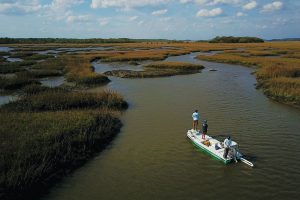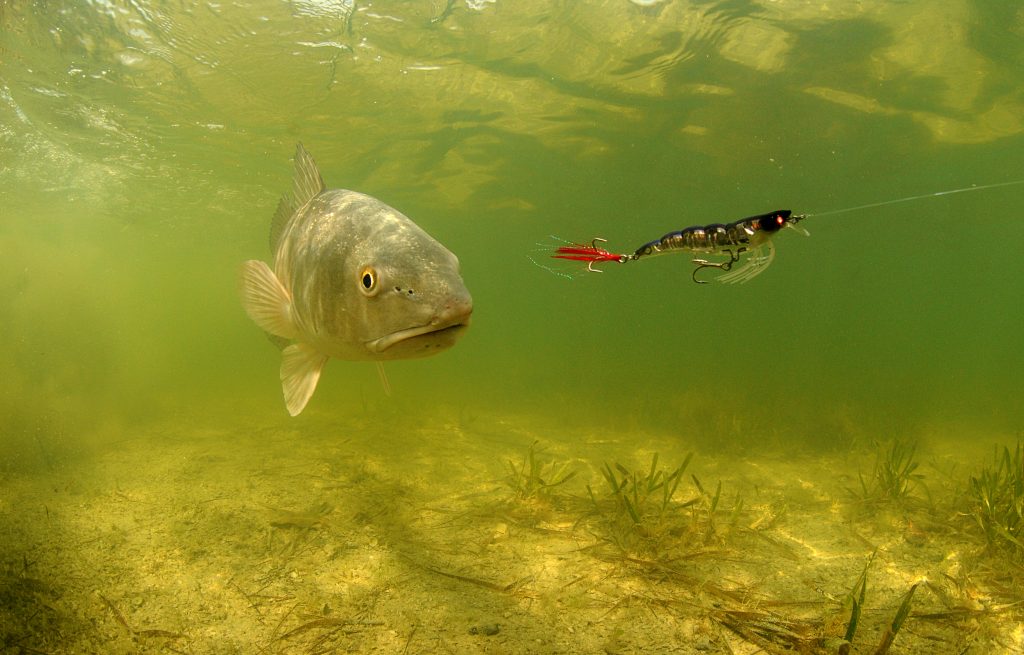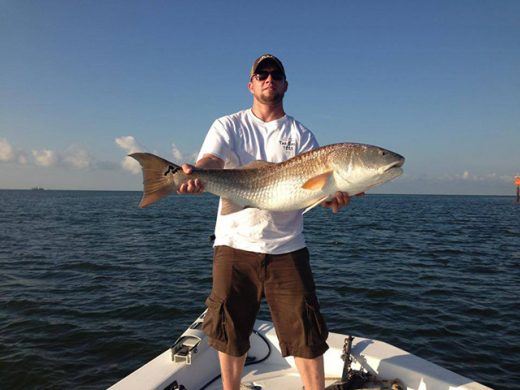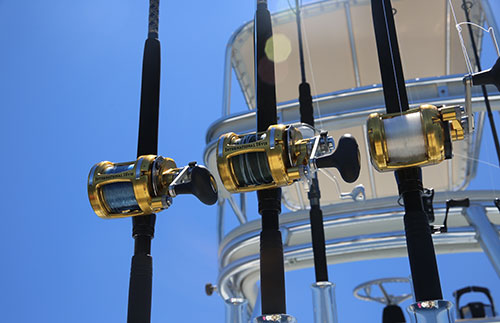Inshore Fishing Season Patterns….. Understanding Their Impact
Summer’s here and that can only mean hotter weather and that translates into warmer water temps. This is known as the Summer Pattern. It’s one of the multiple changes that dictate many factors in saltwater fishing. It controls where the fish will be biting, what they will be biting on as well as things like depth and even the time of day they will be biting. The “Patterns” are a chain reaction of conditions and events that determine how, where, and why you fish a specific way.
First, let’s start with the water temps. Almost every species of fish are sensitive to the temperature of the water. This dictates their feeding habits, migration, and where they reside in the water column. This is especially true for Speckled Trout. The easiest way to remember this is to think….”Summer-shallow and Winter-deep.” The Specs will start to move out of the deeper creeks as the water warms and return in the cooler months of fall. You will have to adjust where you look for the fish. Species like Redfish and Speckled Trout tend to move around depending on food sources and other factors. The Speckled Trout are also extremely sensitive to the salinity of their water environment, thus moving not just for a food source or spawning reasons, but also looking for the right salinity level. They do this by moving up and down the creeks and rivers depending on recent rainfall that works to flush the salt content.

Other factors include the spawning season. It’s important to remember that fish like Speckled Trout doesn’t spawn anywhere or at just any time. The spring is their spawning time and they’re looking for just the right environment to protect their roe. They’re looking for a smooth bottom, free of sharp oyster or clam shells that might damage the roe. It could also mean a grassy bottom to better hide the roe until hatching time. Redfish, on the other hand, go deeper for spawning which is far different from where they commonly live which is close to the surface. These are all key factors that you need to consider depending on the time of year.
The actual migration of both Redfish and Speckled Trout is another consideration. Both species are always moving to follow needs; the need for food, water conditions, and a place to spawn and safety. That’s why we see golden schools of Redfish boiling off the beaches chasing bait in the winter months. Bait is more scarce and they have to travel to find an adequate source. Another important point in following the patterns is to ALWAYS remember that the patterns are driven by the environment and how the fish respond to that environment, it’s not based on the human calendar. Their calendar can sometimes give us an idea of the time the fish will be spawning, migrating, staging inside or outside and great and more, but it’s when the conditions suit the fish.
So, If you’re one of those many anglers that approach your fishing the same way year-round, you may want to change your thinking. That’s because those fish you’re looking to catch sure don’t have the same approach year-round. They’re adapting to the conditions and so should you. You can do this best by keeping notes. Believe me, the best anglers both professional and recreational do. They monitor conditions when the bait is plentiful as well as scarce. They are constantly aware of the water temps to indicate where the fish will be in regards to deep or shallow water and enable them to know if it’s a good topwater day or a day that you need to rig for more depth and fish deep. Most of all, don’t look at the calendar, instead, look at the conditions and all the elements that make up those conditions and fish accordingly. The best bait in the world is worthless if you don’t know where the fish are and what they want.








